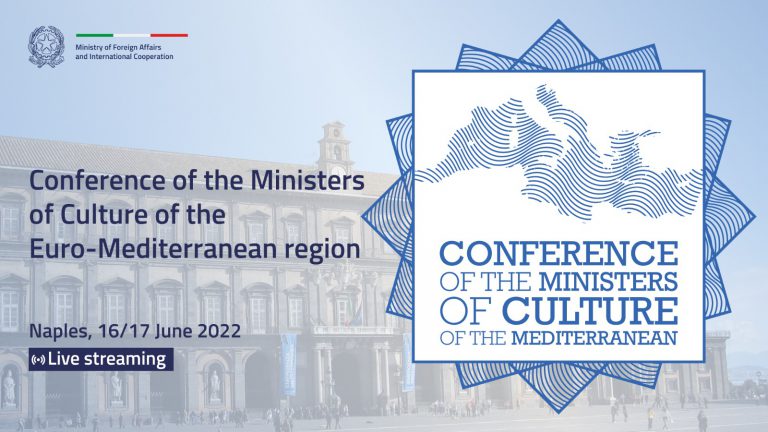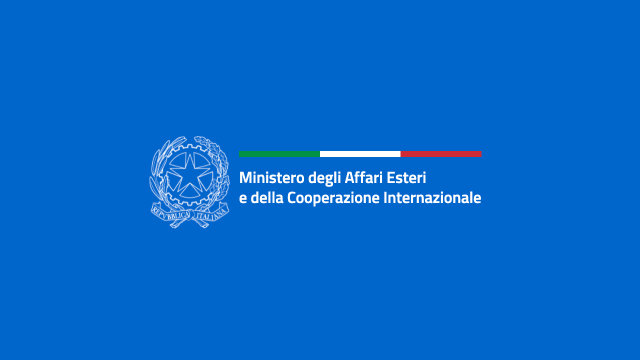A man who 1700 years ago had already understood the value of tolerance: that was how Minister for Foreign Affairs Emma Bonino described Constantine, Emperor of the Western World, during the opening of the exhibition “’Konstantin. The Edict of Constantine 1700 years later. Works by Veliko Mihajlovic’ at the Markets of Trajan in Rome.
Bonino, diversity of languages, cultures and religions not a threat
“I like to remember it the way they taught it to us in school, the Edict of Tolerance, a farsighted edict that has never been applied”, the minister maintained, pointing out “the religious wars that have bloodied our history”. An act, according to Bonino, that teaches “the lesson of those who believe it is possible to co-exist on the basis of essential values, believers, non-believers and different believers”.
“The road – the minister continued – “is still long, but it is the only way to go: Constantine understood that diversity of languages, cultures and religions is not a threat but a form of wealth”.
Costantine the Great and his mother Elena in the works of Serbian artist Mihajlovic
Present at the opening of the exhibition was Serbian ambassador to Italy Ana Hrustanovic and Serbian ambassador to the Holy See Mirko Jelic, along with Rome alderwoman for culture Flavia Barca and superintendent for culture Claudio Parisi, and the exhibition’s curator Jelena Jovanovic. The exhibit consists of 40 out of a series of 80 aquatints by Serbian artist Mihajlovic depicting Constantine and his mother Elena and inspired by the frescoes of the churches and monasteries that he visited in Serbia, Italy, Monte Athos, Albania, Macedonia, Montenegro, Romania and Hungary. In addition the artist’s interpretation of the Arch of Constantine and 5 prints dedicated to the most famous scenes from the Hall of Constantine and the Raphael Rooms in the Vatican Museums.


